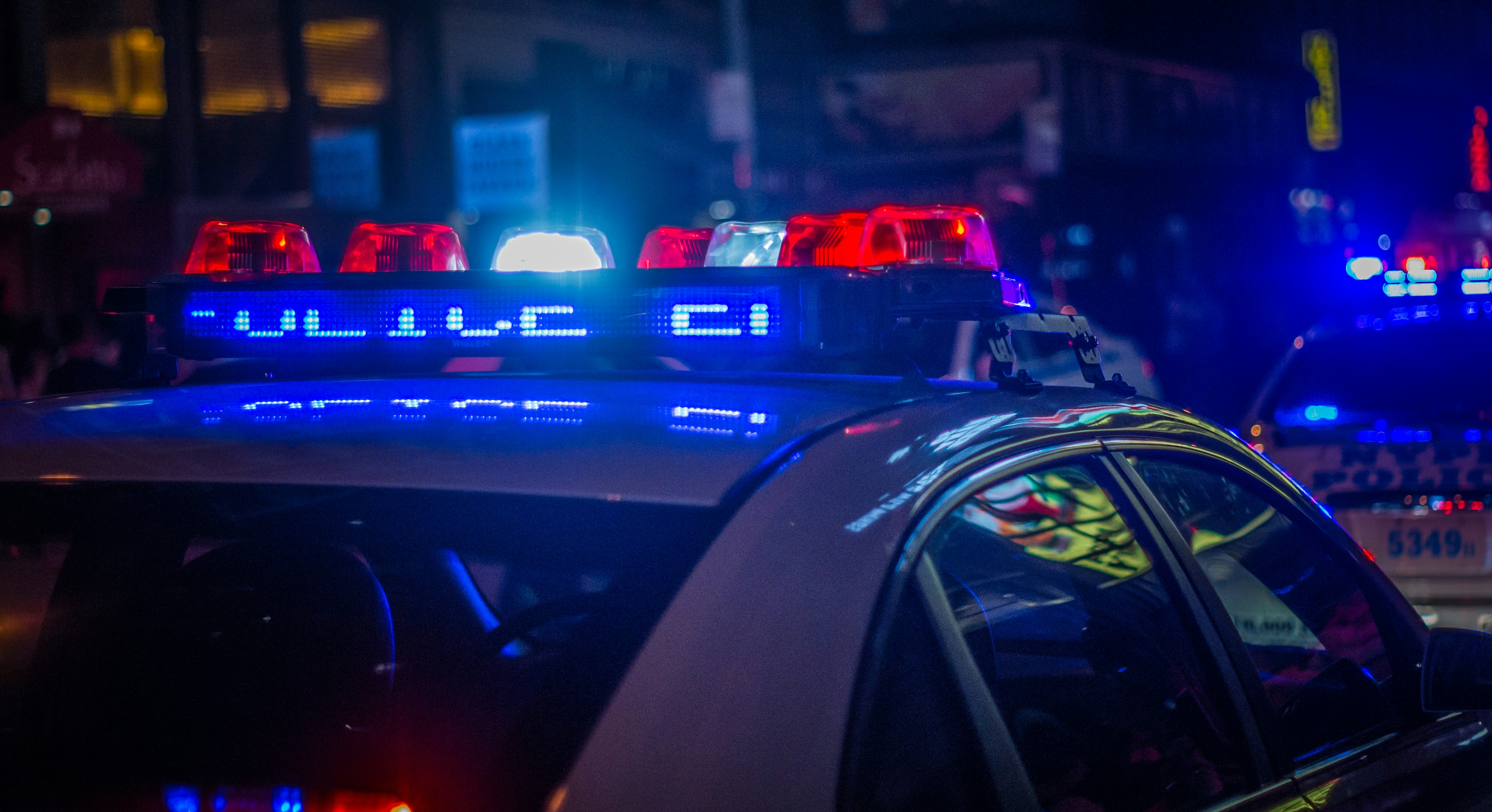Understanding Active Shooter Situations
Active shooter situations are unpredictable and evolve quickly. Typically, the immediate deployment of law enforcement is required to stop the shooting and mitigate harm to victims. However, individuals can also take steps to increase their preparedness. This article explores essential strategies for personal and community safety.
What is an Active Shooter Incident?
An active shooter is an individual actively engaged in killing or attempting to kill people in a confined and populated area. In most cases, active shooters use firearms, and there is no pattern or method to their selection of victims, making these incidents particularly frightening and dangerous.
Preparation and Prevention
Preparative measures can significantly mitigate the risks associated with active shooter incidents. Awareness and training play critical roles. Participate in active shooter training to learn response strategies including how to recognize signs of potential violence around you and the best actions to take if a shooting occurs.
Steps to Take During an Active Shooter Incident
If you find yourself in an active shooter situation, remember these three keywords: Run, Hide, Fight.
- Run: If there is an accessible escape path, attempt to evacuate the premises. Be sure to have an escape route and plan in mind, leave your belongings behind, and keep your hands visible.
- Hide: If evacuation is not possible, find a place to hide where the active shooter is less likely to find you. Your hiding place should be out of the shooter’s view and provide protection if shots are fired in your direction.
- Fight: As a last resort, and only when your life is in imminent danger, attempt to disrupt and/or incapacitate the active shooter by acting as aggressively as possible against them, throwing items and improvising weapons.
Cooperation with Law Enforcement
When law enforcement arrives, remain calm and follow instructions. Put down any items in your hands, raise your hands, and spread your fingers. Avoid quick movements toward officers or grabbing at them. Information should be conveyed clearly – including the location of the shooter, number of shooters, description of the shooter, and types of weapons they have.
Post-Event Considerations
After an active shooter event, it is essential to seek professional help to cope with the psychological impact. This may include post-traumatic stress and severe emotional shock. Support systems like counseling can assist individuals and communities in recovering.
Creating a Safer Community
Enhancing safety measures in businesses and schools can prevent these tragic events. This includes implementing security systems, establishing safety protocols, and training employees and teachers to recognize and report suspicious activities.
For more resources on preventing violence, you can visit the FBI’s Active Shooter Resources.
Conclusion
Active shooter awareness and preparedness can save lives. While we hope never to find ourselves in such situations, being prepared is the best defense. By fostering a proactive approach to safety, providing training, and supporting mental health, we can create a more secure environment for everyone.
For those interested in contributing to our efforts or learning more about personal and community safety measures, please consider donating to our cause or joining one of our training programs through our Join Now page.

